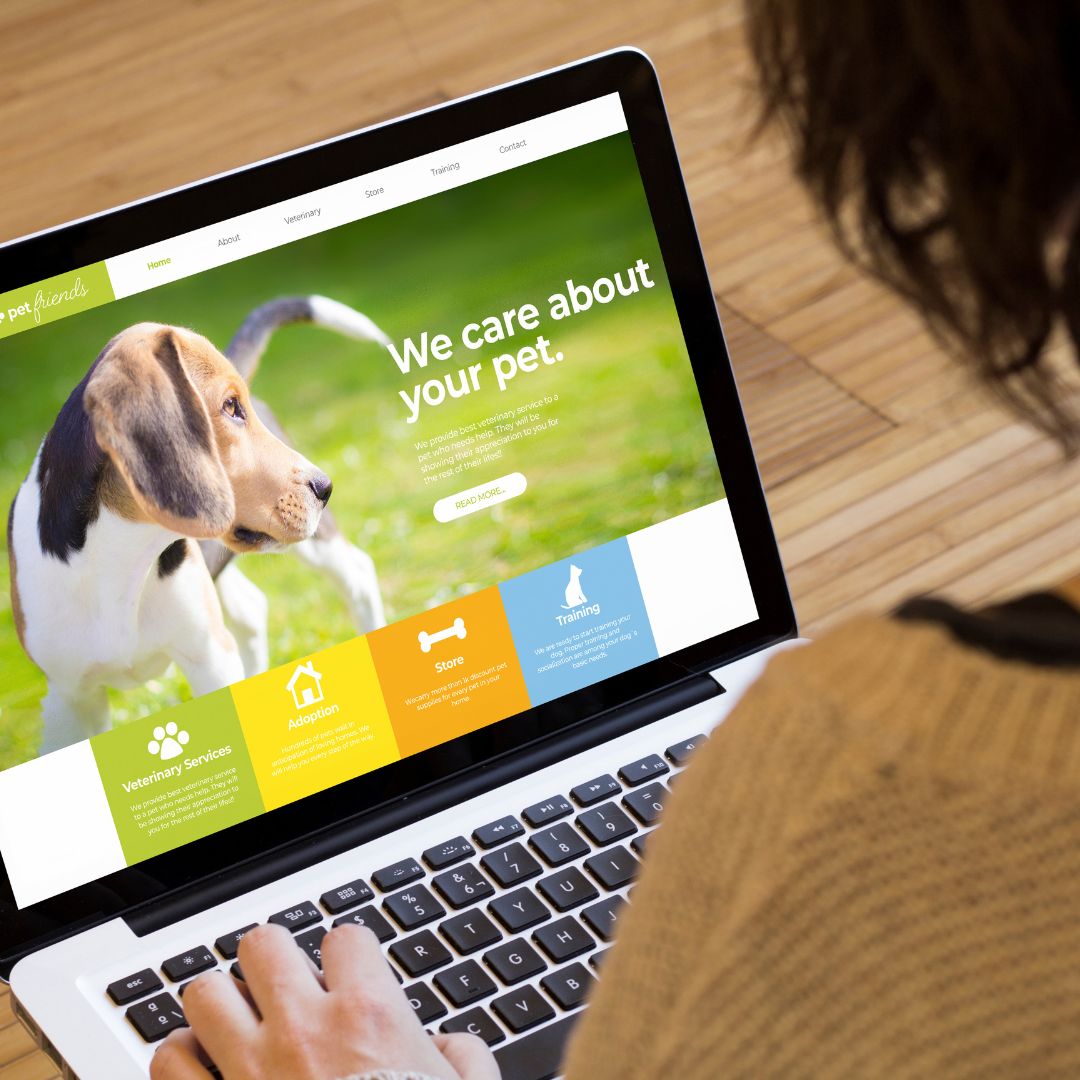In today’s digital landscape, having a strong online presence is crucial for any business. At Lane Landing, we specialize in helping companies enhance their visibility through effective SEO strategies. This guide will walk you through key steps to boost your home page’s SEO visibility, ensuring you reach your target audience and drive organic traffic to your site.
1. Conduct Thorough Keyword Research
Keyword research is the foundation of any successful SEO strategy. Start by identifying the terms and phrases your target audience is searching for. Tools like Google Keyword Planner, Ahrefs, and SEMrush can help you discover high-volume, low-competition keywords relevant to your business.
- Identify Primary Keywords: These should be broad terms directly related to your business (e.g., “digital marketing services”).
- Identify Long-Tail Keywords: These are more specific phrases that often have less competition (e.g., “affordable digital marketing services for small businesses”).
2. Optimize Your Title Tag and Meta Description
Your title tag and meta description are the first things users see in search engine results. Make them compelling and informative to encourage clicks.
- Title Tag: Keep it under 60 characters, include your primary keyword, and make it descriptive (e.g., “Top Digital Marketing Services | Lane Landing”).
- Meta Description: Write a concise summary of your page’s content, including your primary keyword and a call-to-action, keeping it under 160 characters.
3. Create High-Quality, Relevant Content
Content is king in the world of SEO. Your home page should offer valuable information that addresses the needs of your visitors.
- Informative and Engaging: Provide clear information about your services, company values, and what sets you apart from competitors.
- Keyword Integration: Naturally incorporate your primary and long-tail keywords into the content without keyword stuffing.
- Visuals and Multimedia: Use images, videos, and infographics to make your content more engaging and improve user experience.
4. Improve Your Website’s Loading Speed
A slow website can significantly impact your SEO rankings and user experience. Use tools like Google PageSpeed Insights to analyze your website’s performance and identify areas for improvement.
- Optimize Images: Compress images to reduce their file size without compromising quality.
- Leverage Browser Caching: Store some files locally in users’ browsers to reduce load times on repeat visits.
- Minify CSS, JavaScript, and HTML: Remove unnecessary code to improve loading speed.
5. Ensure Mobile-Friendliness
With the increasing use of mobile devices, having a mobile-friendly website is essential for SEO.
- Responsive Design: Ensure your website adapts to different screen sizes and provides a seamless experience across all devices.
- Mobile Optimization: Test your site on various mobile devices to ensure it is easy to navigate and loads quickly.
6. Enhance Internal Linking
Internal links help search engines understand the structure of your website and improve navigation for users.
- Link to Relevant Pages: Include links to other important pages on your site, such as service pages, blog posts, and contact information.
- Use Descriptive Anchor Text: Make sure the anchor text is relevant to the linked page and includes keywords when appropriate.
7. Build High-Quality Backlinks
Backlinks from reputable websites signal to search engines that your content is valuable and trustworthy.
- Guest Blogging: Write guest posts for industry-related blogs and include links back to your site.
- Partnerships and Collaborations: Collaborate with other businesses or influencers in your industry to gain backlinks.
- Content Marketing: Create shareable content, such as infographics and research reports, that others in your industry will link to.
8. Utilize Social Media
Social media can drive traffic to your website and indirectly impact your SEO.
- Share Content Regularly: Post updates, blog articles, and other content on your social media channels to drive traffic to your site.
- Engage with Followers: Respond to comments and messages to build a community and encourage sharing of your content.
9. Monitor and Analyze Performance
Regularly monitor your website’s performance using tools like Google Analytics and Google Search Console.
- Track Key Metrics: Pay attention to organic traffic, bounce rate, and conversion rates to assess the effectiveness of your SEO efforts.
- Adjust Strategies: Use the data to identify areas for improvement and adjust your SEO strategies accordingly.
Conclusion
Boosting your home page’s SEO visibility requires a combination of strategic keyword usage, high-quality content, technical optimizations, and ongoing monitoring. At Lane Landing, we are dedicated to helping businesses like yours succeed in the digital space. Implement these tips to enhance your online presence and drive more organic traffic to your website.
For personalized SEO strategies tailored to your business, contact Lane Landing today and let us help you achieve your digital marketing goals.





